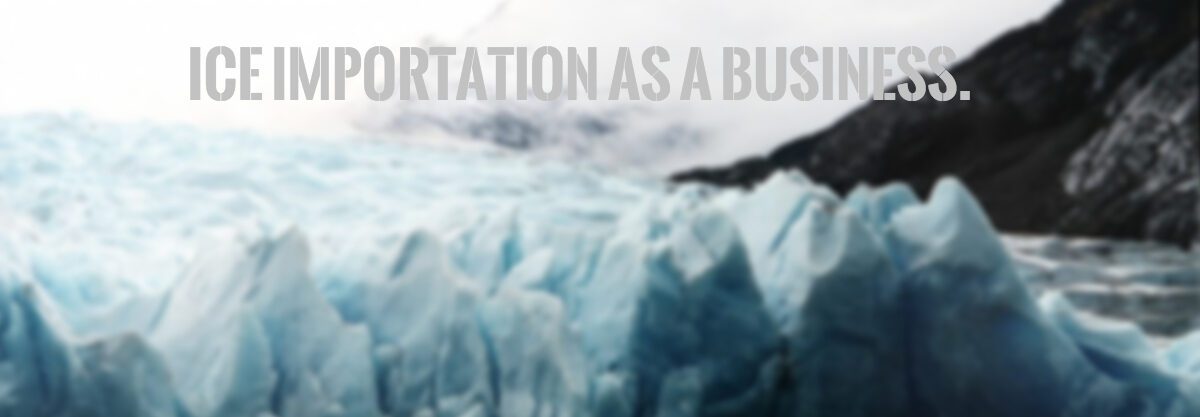Not many of us get to learn about the ice trade in our history lessons – which is a shame, as it was an interesting and innovative 19th Century industry that actually had a key part to play in shaping the modern world, as it allowed Americans and others across the world to revolutionise their food industry.
Frederic Tudor & the Origins of the Ice Trade
The story begins in 1803, with an entrepreneur from New England: Frederic Tudor. His idea was to take ice from those lucky enough to afford ‘ice houses’, and export it to rich buyers in Southern America and the West Indies.
Although those around him considered this to be an eccentric waste of time, Tudor proved to be right, and the ice trade became both incredibly useful and incredibly lucrative. Many more people followed in his footsteps, and soon they were ready to start trading to wider markets…
Nathanial Wyeth & Globalisation
In 1825, Tudor chose to partner up with Nathanial Wyeth, and between them they brought new innovations to the industry – such as more efficient techniques for cutting the ice – and, moving into the 1830s, decided to find a larger market.
Ice proved to be a popular commodity for those interested in exporting fresh vegetables and fish, as well as for anybody in need of refrigeration options either at home or for a business. This need proved itself to be universal, meaning that New England ice traders were able to start opening up trade routes across the globe, to countries as widespread as New Zealand and England.
Artificial Ice and the Calcutta Ice Association
This trade remained relatively stable for several decades, until artificial ice began to change the market, thanks to a plant created by James Harrison. This new so called ‘plant ice’ was used extensively by a group of merchants known collectively as the Calcutta Ice Association and, between them, they began to drive natural ice out of the industry.
Despite the commercial introduction of artificial ice as early as the 1850s, it wasn’t until the early 20th Century that the trade died away entirely – replaced by refrigerators which bared a much closer resemblance to what we now use today.
Although these have undoubtedly been more convenient, it is still important to remember the ice traders who once travelled the oceans making it possible for countries such as England and America to trade and preserve their food and other produce!
